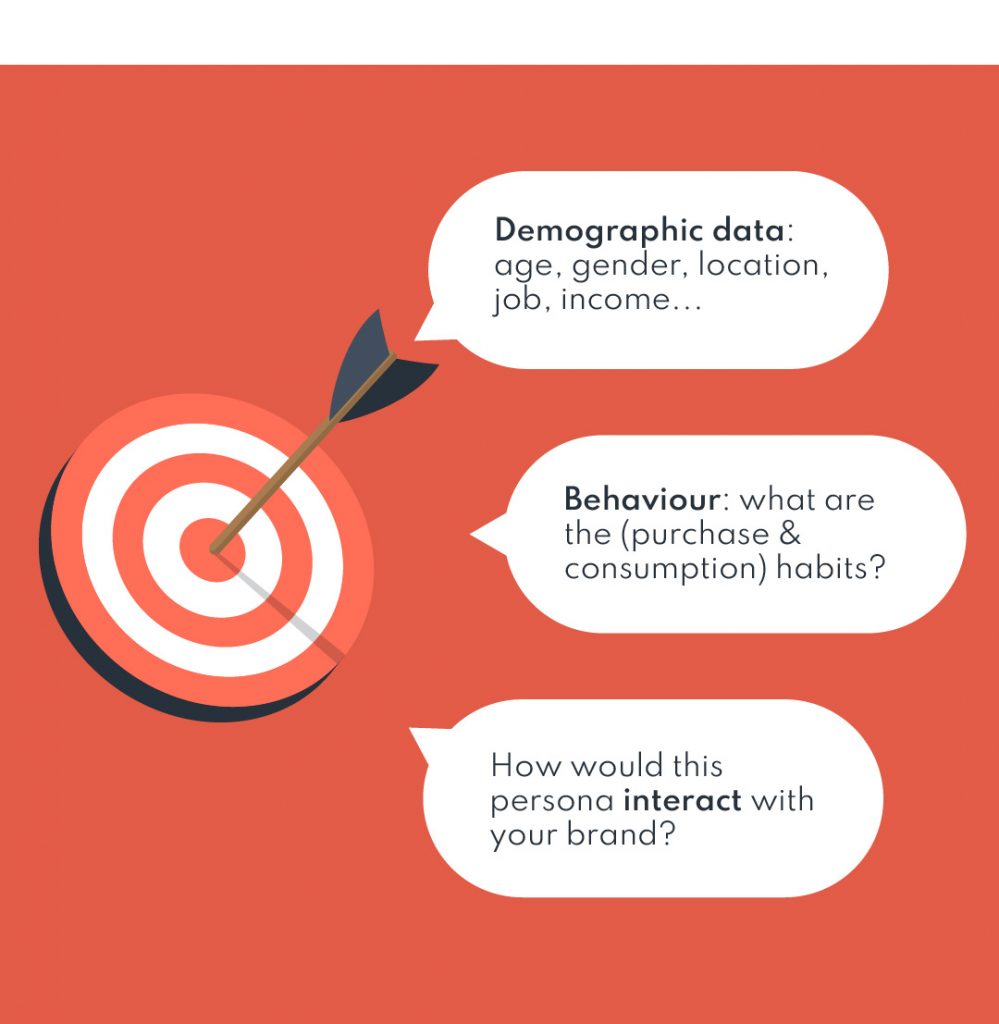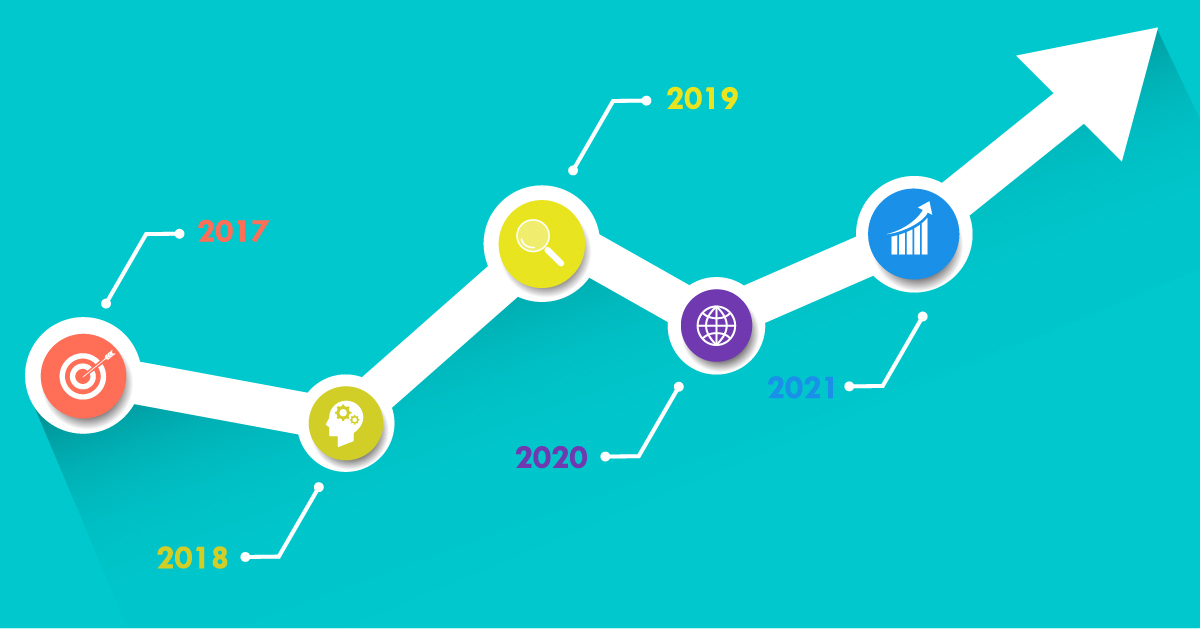Maybe you’ve decided that it is finally time to work on your online strategy after years of taking advantage of the many wonders of offline marketing. Or maybe you’re just starting your business and are thinking about advertising on social channels. Why not? We are all social and digital now. However, it’s essential to think about what your business or your brand needs. Here are 6 steps to create a professional digital marketing plan.
What is a digital marketing plan?
A digital marketing plan is a document that describes your company’s marketing goals and how to achieve them. It presents a detailed strategy that considers your short, medium and long-term objectives, as well as the specific actions or tactics to reach them. The next step is . . .
1. What’s your brand identity?
Defining your brand identity is the first step to working on image and understanding the best digital territory for your business.
What is it that makes your brand unique? What are your brand attributes? This identity needs to represent the company’s values and characteristics. Essentially, it is the personality of your brand.
This personality determines the image of the brand, the words and concepts that relate to it, and the virtual space that it occupies. A well defined brand always profits from a clear brand equity.
What is your target audience?

Who would be your ideal customer? Who would identify with your brand? You need to build a profile that ideally includes such details as age, location, income, interests, sex, and purchase history
This is an exercise in imagination, empathy and research. It is not enough to say that your target audience is women if you sell dresses. How much money do they typically spend on dresses each month? What type of dresses do they buy? Are they on Facebook? Do they follow fashion influencers on Instagram, for instance?
Once you have a good idea of who could buy your products and even fall in love with your brand, you will have your buyer persona.
3. How to define your goals
Apart from defining your brand and your target, you will need to have a very clear idea of your goals. What would you like to achieve in the short, middle and long term? It’s important to be specific. Of course you want your brand to be successful. But what does that mean?
Do you measure success in products sold? The number of website users? Social media reach? Annual profit? You will need realistic numbers and the reasons to achieve them.

4. Think about budget
Once you have your goals, you’ll need to think about how much money you have to invest in your brand. Depending on the size of the company, it could be challenging to determine your digital marketing budget. Small companies tend to dedicate more resources to production or to enlarging their teams, for instance. Big companies usually have larger digital marketing budgets.
No matter how much you have, you should think about your marketing budget as an investment that needs to show a good return.
5. Think about channels and actions
OK, so you know who you want to become and who your audience is. You have a clear idea of what you want to achieve and how much money you have to make it possible. It’s time to think about channels and actions.
Since you know your audience, you know where to find them. But do you know what you want to tell them? Do you have a specific idea of what you want to offer? Are you looking for a particular reaction? Comments, shares or likes are actions and reactions that can be triggered by something you say or do.
6. Set your timing & roadmap

One very important point: patience is as critical as everything else. Think rationally about how long it will take to make a difference. Things don’t always go as planned, so don’t set unrealistic deadlines that could create unwanted pressure.
What is a digital marketing plan?
It’s a document that describes what your marketing goals are in the short, medium and long term, and the necessary tactics and methods to achieve them.
How can I create a digital marketing plan?
You need to establish your brand identity and your target audience and goals. You also need to set the appropriate budget for each channel and decide what actions you’re going to perform. Finally, you should also set your timing and a roadmap as well.










